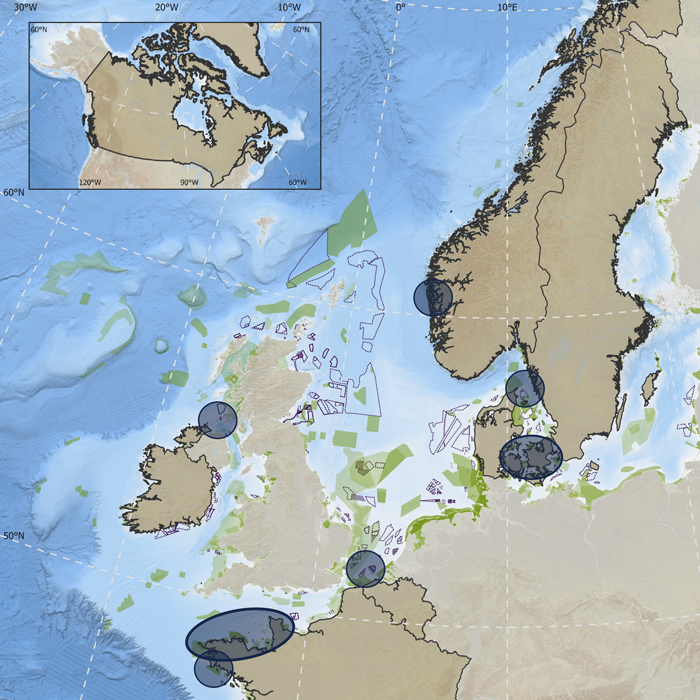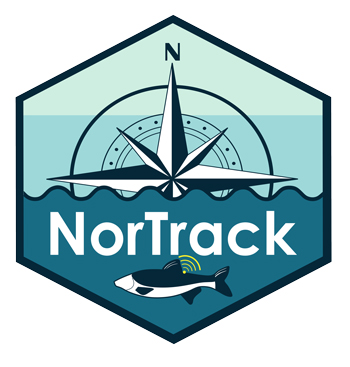The Northeast Atlantic is one of Europe’s most productive fishing areas, and is of great economic importance. Yet, little is known about many of the species that inhabit the area, and the threats they face. A group of researchers is trying to change that.
An innovative marine tracking project has been launched in the North East Atlantic after €1.6m of EU funding was secured by the European Tracking Network (ETN).
The successful bid came following an open call for funding by the EU’s Biodiversa+ scheme, which is designed to support research proposals relating to biodiversity projects
The three-year project, titled North East Atlantic Marine Tracking Network (NorTrack), aims to monitor the movements of aquatic species critical to the North East Atlantic (NEA). This collaborative initiative will also address pressing questions related to major ecological challenges facing this vital marine region.
The collective efforts of ETN will allow biodiversity conservation efforts to be boosted due to the group’s continent-wide influence in marine research.
The remote tracking of animals, which is known in research circles as ‘telemetry’, has already provided vital information about the biology and ecology of aquatic species.
NorTrack will work closely with the Horizon Europe-funded STRAITS project (Strategic Infrastructure for Improved Animal Tracking in Europeans Seas), which has distributed acoustic telemetry infrastructure throughout Europe so that the movements of various aquatic species can be studied.

Map of the Northeast Atlantic, depicting existing acoustic telemetry arrays (blue circles), overlapped with current and planned offshore development (green/traced areas). Darker countries depict NorTrack partner countries.
“There are so many species for which we know so little, species that have been overlooked, but we now get a chance to change that,” says Prof. Kim Aarestrup. “The knowledge we will gain within NorTrack has the potential to really change the way we monitor, manage and protect these species.”
The NorTrack team is made up of nine leading organisations in the study of animal movement, including DTU. Together, they will advance our understanding of aquatic animal movements in the Northeast Atlantic, change the way biodiversity is monitored in Northern European waters, and make significant contributions to both management and policy decisions.
More information on this project can be found at www.europeantrackingnetwork.org/nortrack. If you have any questions about the projects, please contact Dr. Kim Birnie-Gauvin.
NorTrack is funded by Biodiversa+, the European Biodiversity Partnership under the 2022-2023 BiodivMon joint call for research proposals, co-funded by the European Commission (GA N°101052342) and with the funding organisations Environmental Protection Agency of Ireland, Innovation Fund Denmark, Research Council of Norway, Agence Nationale de la Recherche, Office Français de la Biodiversité, Belgian Science Policy Office, and Swedish National Space Agency.
